Day 1 – Monday, June 19
Beginning of the Users program
- 10:30 am – 12:30pm: Arrival
- 12:30 pm – 2:00 pm: Lunch
- 2:00 pm – 3:30 pm: Welcome – Introduction and installation of SAMSON - Show (all) - Hide (all) - View tutorial
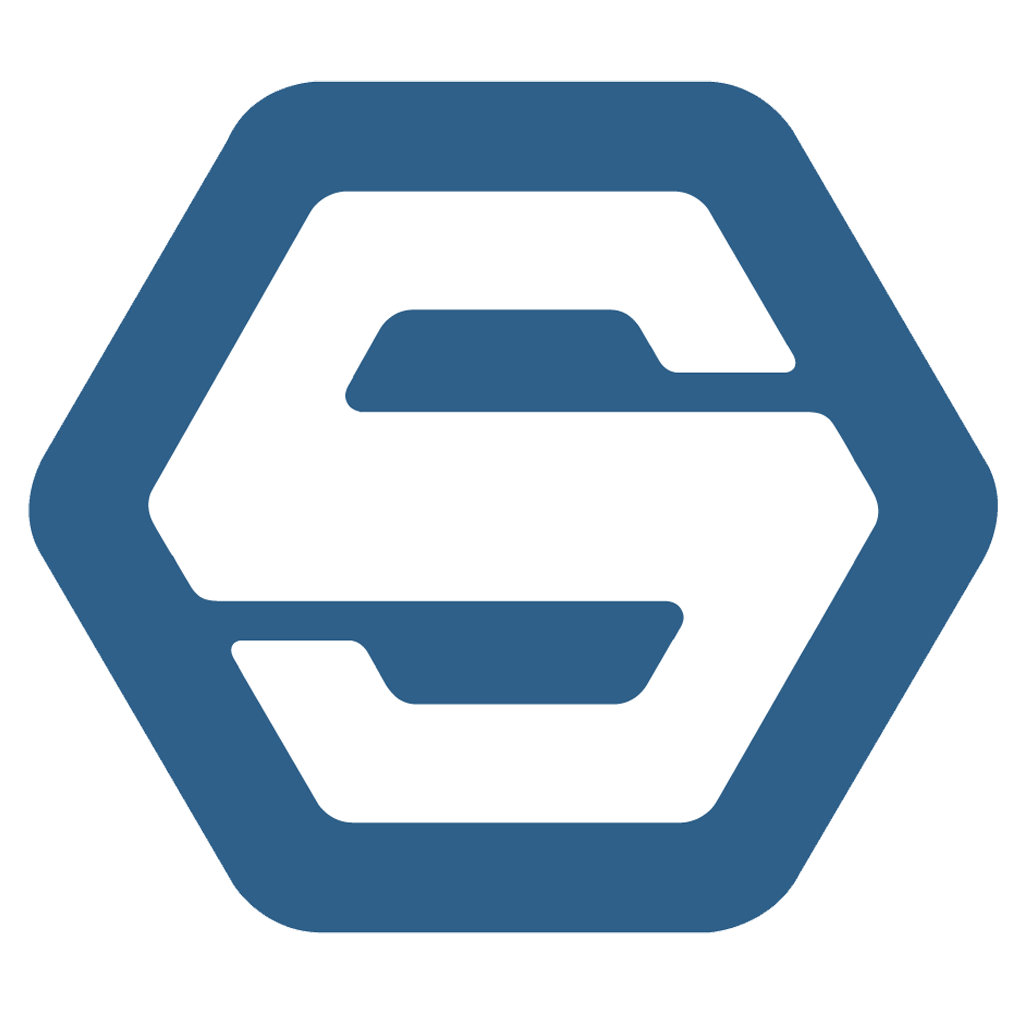
We introduce the Users program of the SAMSON School and SAMSON, the software platform for computational nanoscience. We highlight the need for an integrated platform able to combine diverse domains of nanoscience, which led to SAMSON's open architecture and the creation of the SAMSON Connect online platform. We introduce SAMSON Connect, the online platform used to distribute SAMSON and SAMSON Elements, the modules for SAMSON, and we install SAMSON and default SAMSON Elements.
- 3:30 pm – 4:00 pm: Coffee break
- 4:00 pm – 5:00 pm: Basics I – Interface, documents, preferences and cameras - Show (all) - Hide (all)
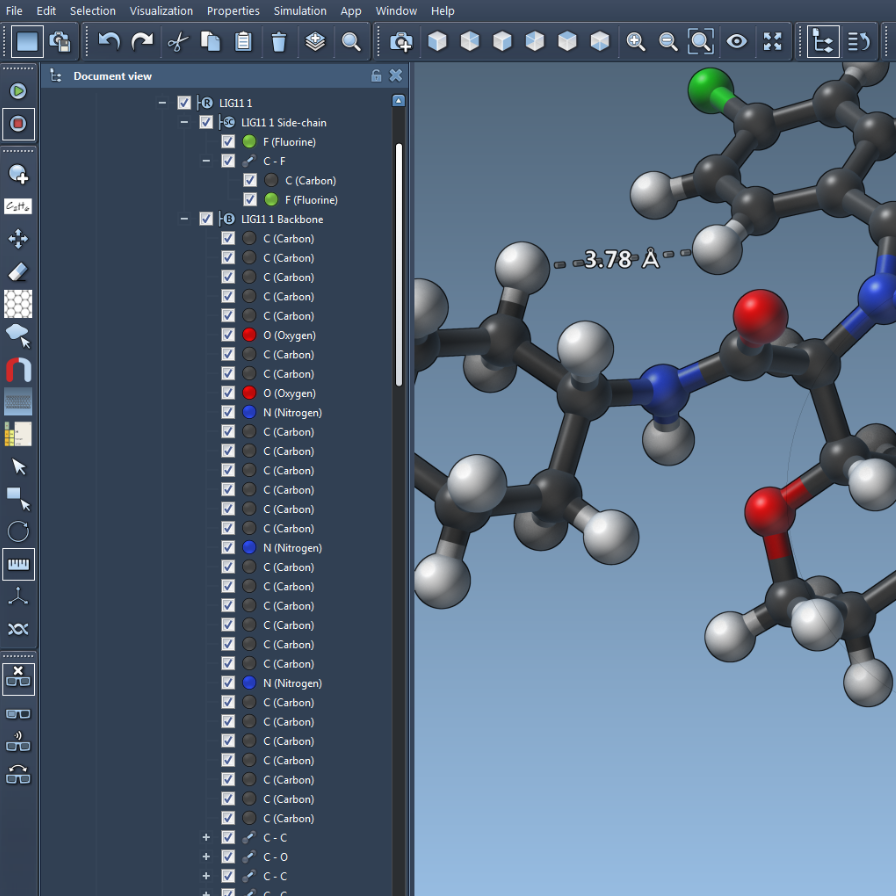
We introduce the SAMSON interface design, with its menus and toolbars for apps, editors, parsers, visualization, simulation, etc. We detail the structure of SAMSON documents and describe the SAMSON data graph, including data graph nodes for models, simulators, labels, conformations, groups, etc. We explain how to control the document history and undo / redo commands, and manage the document view. We explain how to modify preferences and control the camera.
- 5:00 pm – 6:00 pm: Basics II – Editors, apps, context menus, groups and conformations - Show (all) - Hide (all)
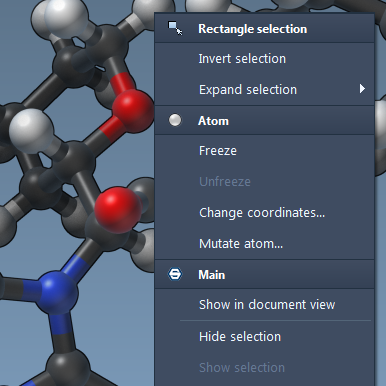
We demonstrate essential editors to select, create and modify basic molecular structures. We explore the concept of SAMSON apps and demonstrate a simple app to download PDB models from the Protein Data Bank. We explore context menus and groups, and give an overview of interactive simulation in SAMSON. Finally, we introduce conformation nodes in SAMSON to store and retrieve molecular conformations.
- 7:00 pm: Dinner
Day 2 – Tuesday, June 20
- 7:30 am – 8:30 am: Breakfast
- 8:30 am – 10:00 am: Producing publication-quality images and animations - Show (all) - Hide (all) - View tutorial
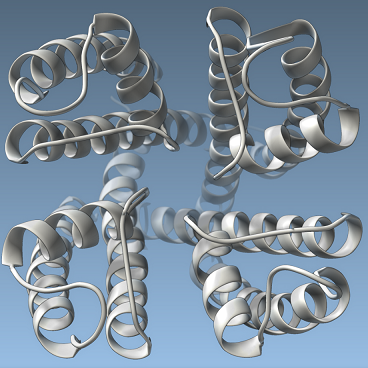
We explore how SAMSON can be used to generate publication-quality images and animations, thanks to visual models and color schemes, and fine control of rendering options and effects, including interactive ambient occlusion, depth-of-field rendering, silhouettes, anti-aliasing, multisampling, etc. We show how to setup SAMSON to capture snapshots of the viewport.
- 10:00 am – 10:30 am: Coffee break
- 10:30 am – 11:30 am: Selecting and modeling with the Node Specification Language - Show (all) - Hide (all)
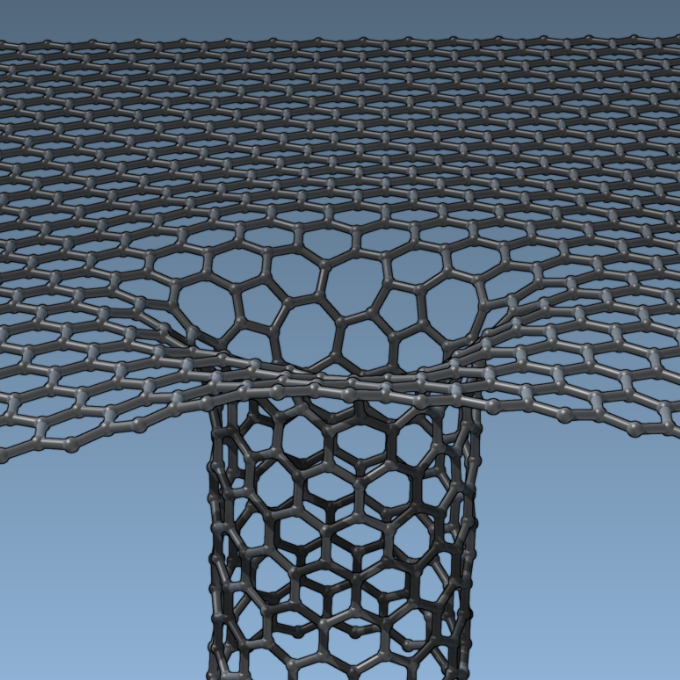
We describe SAMSON's powerful Node Specification Language (NSL), and demonstrate how it can be used to perform advanced selections and modeling tasks, such as finding a binding site in a protein, building a nanopore, etc.
- 11:30 am – 12:30 pm: Simulating small molecules, graphene and proteins - Show (all) - Hide (all) - View tutorial
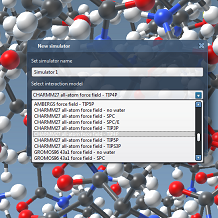
We demonstrate how SAMSON can be used to perform interactive simulation of various systems, including small molecules with the Universal Force Field (UFF), graphene and nanotubes with the Brenner force field, and proteins with GROMACS force fields. We show how interactive minimization helps produce realistic structures. We discuss the choice of state updaters.
- 12:30 pm – 2:00 pm: Lunch
- 2:00 pm – 2:30 pm: Calculating non-linear normal modes - Show (all) - Hide (all) - View tutorial
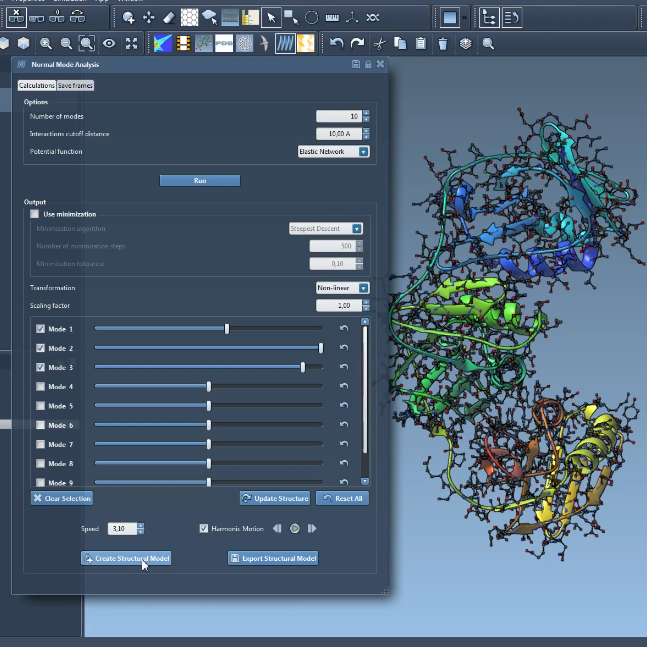
We demonstrate the SAMSON app which makes it possible to compute non-linear normal modes very efficiently. We show how they help produce large realistic deformations of protein structures, and demonstrate how to generate and export trajectories and snapshots.
- 2:30 pm – 3:00 pm: Aligning sequences with MUSCLE – Interactive Ramachandran plots - Show (all) - Hide (all) - View tutorial
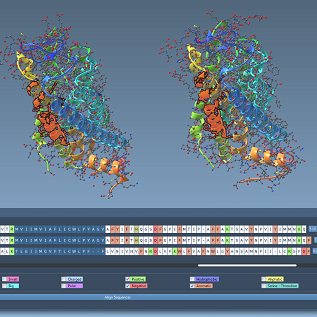
We show how to use the SAMSON app that integrates the MUSCLE tool for multiple sequence alignement, and we demonstrate the SAMSON app for interactive Ramachandran plots, which lets users directly edit the Ramachandran plot to modify the protein structure.
- 3:00 pm – 3:30 pm: Analyzing small-angle X-ray scattering data - Show (all) - Hide (all)
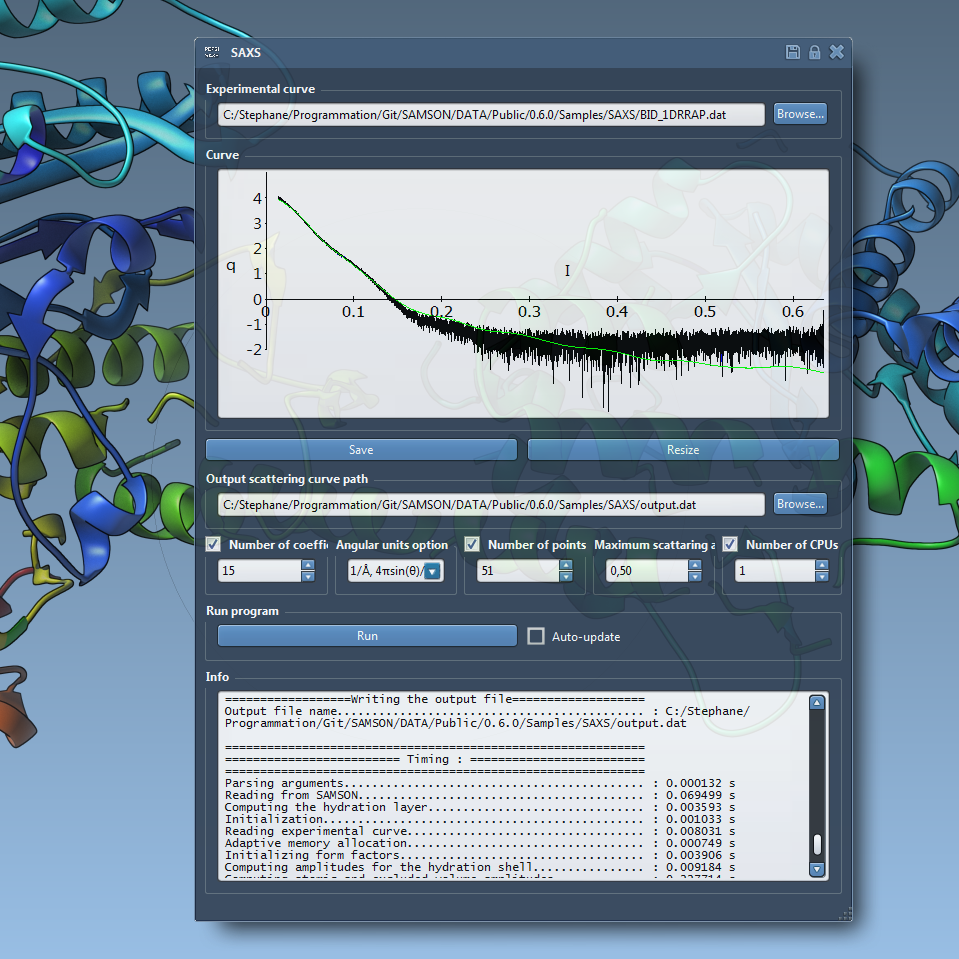
We show how to use the SAMSON app for analysis and fitting of Small-angle X-ray scattering curves in SAMSON. In particular, we show how the interactive update feature helps controlling the quality of the structure.
- 3:30 pm – 4:00 pm: Coffee break
- 4:00 pm – 4:30 pm: Docking ligands into proteins with AutoDock Vina - Show (all) - Hide (all)
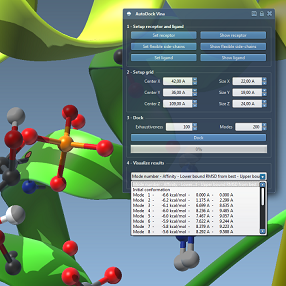
We demonstrate how to use the SAMSON app integrating AutoDock Vina from the Scripps institute. We show how to select the receptor, flexible chains and the ligand, as well as how to control the active degrees of freedom in the ligand. We show how to set up calculations and visualize results, as well as export the most promising conformations.
- 4:30 pm – 5:00 pm: Gaming for education - Show (all) - Hide (all)
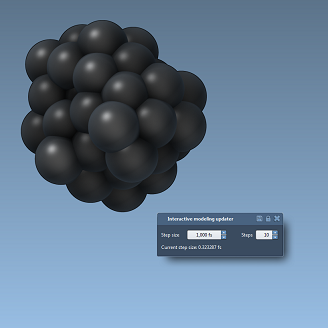
We demonstrate SAMSON apps created for high school students to explain various chemistry and physics notions, including temperature and crystal formation. In particular, we show how a group of particles subject to a Lennard-Jones force field and interactively minimized may serve as an introduction to the formation of molecules and materials.
- 7:00 pm: Dinner
Day 3 – Wednesday, June 21
- 7:30 am – 8:30 am: Breakfast
- 8:30 am – 9:00 am: Analyzing Transmission Electron Microscopy images of graphene - Show (all) - Hide (all)
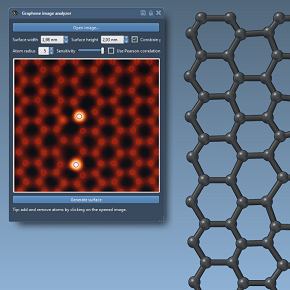
We show how to use a SAMSON app to analyze Transmission Electron Microscopy (TEM) images of graphene directly in SAMSON. In particular, we show how to set up the sensitivity of atom detection, and we demonstrate how a graphene structure may be created from the app based on the TEM image, to be exported and simulated.
- 9:00 am – 9:30 am: Generating crystal models - Show (all) - Hide (all)
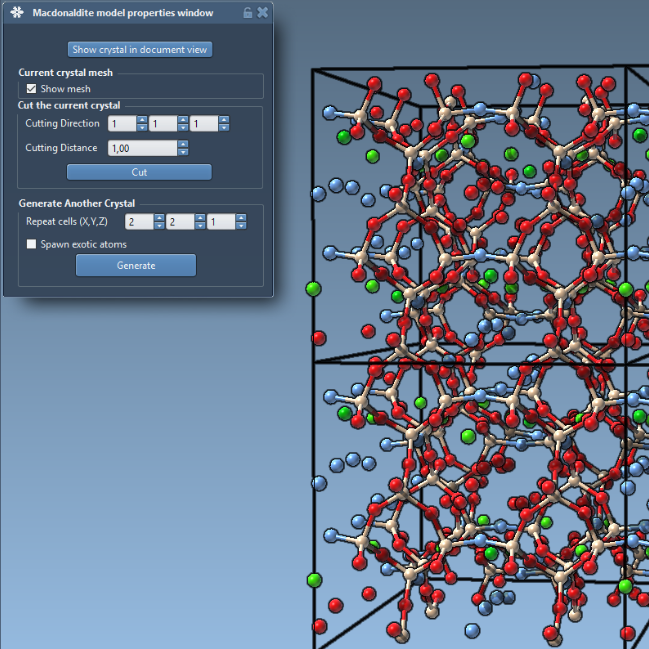
We show how to use the crystal generator app to easily create crystal models in SAMSON. We also show how to import cif models, visualize and edit them.
- 9:30 am – 10:00 am: Performing Orbital-Free Density Functional Theory calculations - Show (all) - Hide (all)
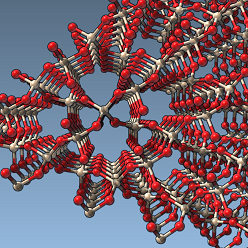
We demonstrate how to perform Orbital-Free Density Functional Theory (OF-DFT) calculations in SAMSON. In particular, we show how to set up the system and calculation, as well as combine these calculations with simulators in SAMSON to perform energy minimization.
- 10:00 am – 10:30 am: Coffee break
- 10:30 am – 11:00 am: Using SAMSON documents - Show (all) - Hide (all)
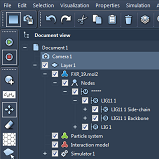
We discuss about how different versions of SAMSON and SAMSON Elements are managed, and how semantic versioning is used to control the interaction between SAMSON and SAMSON Elements. We discuss the SAMSON file formats (*.sam and *.samx), as well as automatic updates of SAMSON and SAMSON Elements.
- 11:00 am – 12:30 pm: Brainstorming – The SAMSON roadmap - Show (all) - Hide (all)
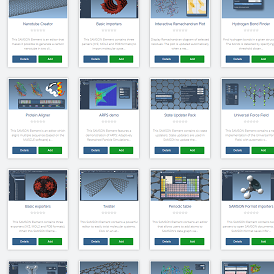
We review and conclude the Users program, and discuss about where SAMSON should head in upcoming versions. We brainstorm about possible new user features, and prioritize them.
- 12:30 pm – 2:00 pm: Lunch
End of the Users program





